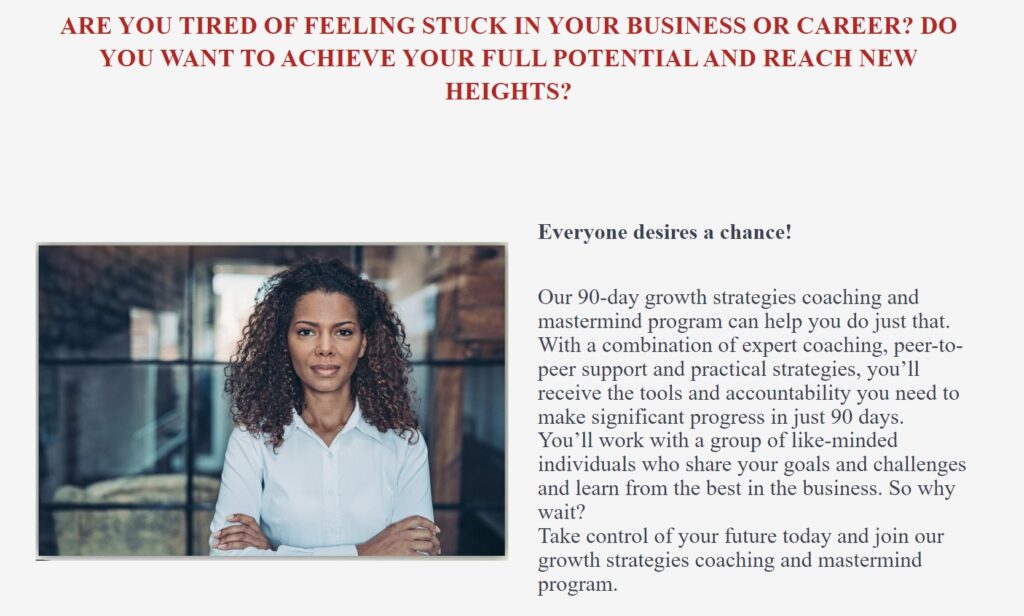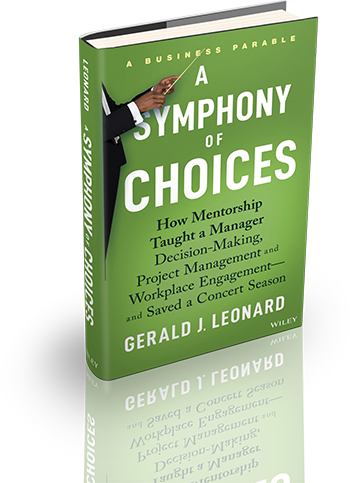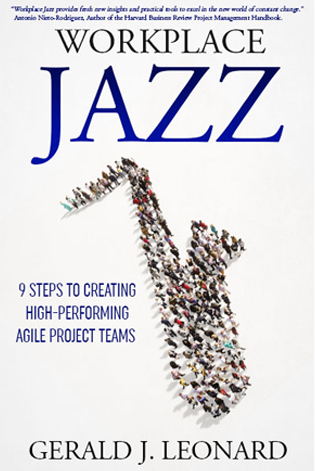As someone who works in project and program management, I know how challenging it can be to navigate different cultures and work effectively with people from diverse backgrounds. You may feel frustrated or challenged by cultural differences and want to develop your skills in this area to achieve greater success with your projects and events. I am excited to share my top 10 book recommendations for enhancing cultural intelligence (CQ).
You may have questions such as:
- How can I improve my cross-cultural communication skills?
- What are the best strategies for leading teams from diverse backgrounds?
- How can I navigate cultural differences in a global business environment?
- What are the best books for developing cultural intelligence, and why?
The International Journal of Cross-Cultural Management found that training in cultural intelligence increased job satisfaction and improved cross-cultural communication (https://journals.sagepub.com/doi/10.1177/1470595821995857).
These books will provide valuable insights and practical strategies for working across cultures and achieving success in your projects and events.
- “Cultural Intelligence: Improving Your CQ to Engage Our Multicultural World” by David Livermore. Livermore’s book is an excellent starting point for building cultural intelligence. It offers a comprehensive introduction to CQ and provides a framework for developing your skills in this area. The book contains real-world examples and practical tips for improving cross-cultural interactions.
- “The Culture Map: Breaking Through the Invisible Boundaries of Global Business” by Erin Meyer. Meyer’s book is a must-read for anyone who wants to excel in global business. It provides a fascinating analysis of cultural differences and offers practical advice for working effectively with people from different backgrounds. Meyer’s approach is based on extensive research and real-world experience, making this book a valuable resource for anyone in project and program management.
- “The 5 Elements of Effective Thinking” by Edward Burger and Michael Starbird. While not solely focused on cultural intelligence, “The 5 Elements of Effective Thinking” offers valuable insights into thinking more critically and creatively. It provides strategies for approaching problems in new ways and encourages readers to challenge their assumptions. These skills are essential for anyone in project and program management, where creative problem-solving and flexibility are crucial.
- “The Art of Possibility: Transforming Professional and Personal Life” by Rosamund Stone Zander and Benjamin Zander. This book offers a unique perspective on leadership and creativity. It encourages readers to adopt a mindset of possibility and provides strategies for unlocking their creative potential. The authors draw on their experience as a conductor and therapist to offer insights into how to lead and inspire others. This book is an excellent resource for anyone looking to inspire and motivate their team.
- “Culture Is The Bass: 7 Steps to Creating High Performing Teams ” by Gerald J. Leonard. Leonard’s book offers insights into the dynamics of successful teams and organizations. It provides practical advice for building a strong team culture and strategies for creating an environment where people feel safe to take risks and share ideas. This book is an excellent resource for anyone looking to build a high-performing project and program management team.
- “Crucial Conversations: Tools for Talking When Stakes Are High” by Kerry Patterson, Joseph Grenny, Ron McMillan, and Al Switzler. In project and program management, there are often high-stakes conversations that need to take place. This book offers valuable strategies for handling these conversations effectively. It provides practical tips for managing emotions, listening actively, and achieving mutual understanding. This book is an essential resource for anyone looking to improve their communication skills in cross-cultural contexts.
- “The Power of Positive Leadership: How and Why Positive Leaders Transform Teams and Organizations and Change the World” by Jon Gordon. This book offers a refreshing take on leadership, emphasizing the importance of positivity and resilience. It provides strategies for building a positive team culture and practical advice for leading in challenging times. This book is an excellent resource for anyone looking to inspire and motivate their project and program management team.
- “The Lean Startup: How Today’s Entrepreneurs Use Continuous Innovation to Create Radically Successful Businesses” by Eric Ries. While not focused on cross-cultural communication, “The Lean Startup” offers valuable insights into approaching innovation and change. It provides strategies for testing and validating ideas quickly, which is crucial in project and program management. Ries’ approach emphasizes the importance of iteration and learning from failures, essential skills when working across cultures and adapting to different contexts.
- “The Three-Box Solution: A Strategy for Leading Innovation” by Vijay Govindarajan. Govindarajan’s book offers a framework for managing innovation in organizations. It provides a practical approach to balancing the need for efficiency with the need for innovation, which is especially relevant in project and program management. The book offers a clear and concise approach to leading innovation, making it a valuable resource for any professional looking to drive organizational change.
- “Managing Transitions: Making the Most of Change” by William Bridges. In project and program management, change is a constant. Bridges’ book offers a framework for understanding and managing transitions effectively. It provides practical strategies for supporting individuals and teams through change and offers insights into the emotional journey of transformation. This book is a valuable resource for anyone looking to lead change initiatives in their organization and manage the human aspect of transitions.
The benefits of reading and learning from these top 10 books for cultural intelligence include:
- Improved cross-cultural communication skills.
- Enhanced ability to lead and work effectively with diverse teams.
- Increased empathy and understanding of different cultures.
- Improved collaboration and teamwork.
- Increased innovation and creativity.
- Greater success in global business environments.
Cultural intelligence is essential for anyone working in project and program management. These ten books offer valuable insights and practical strategies for improving cross-cultural communication skills, leading change initiatives, and building high-performing teams. Investing in your cultural intelligence can make you a more effective leader and collaborator, achieve greater success in your projects and events, and contribute to a more inclusive and diverse workplace culture. So why not start reading today?












